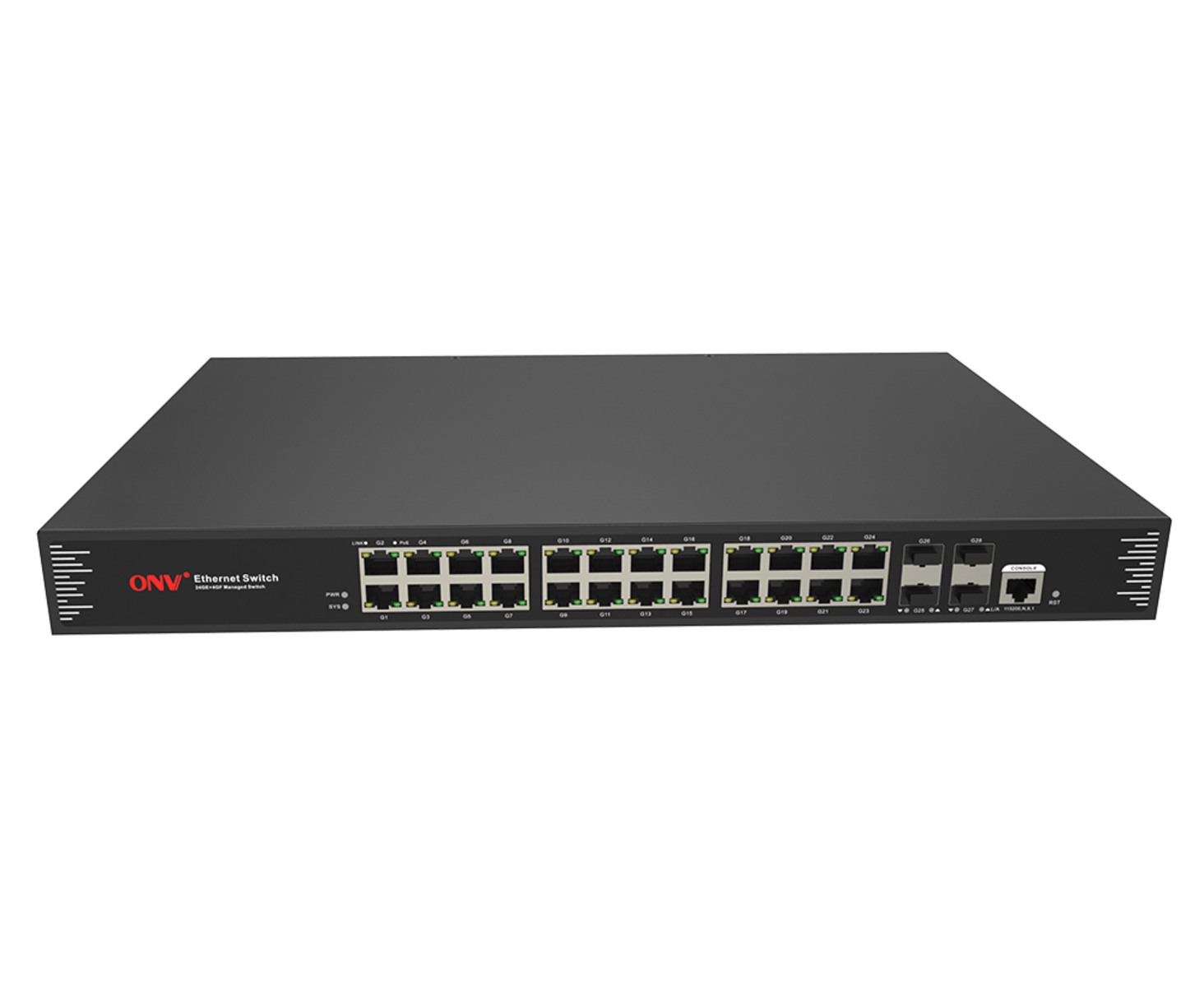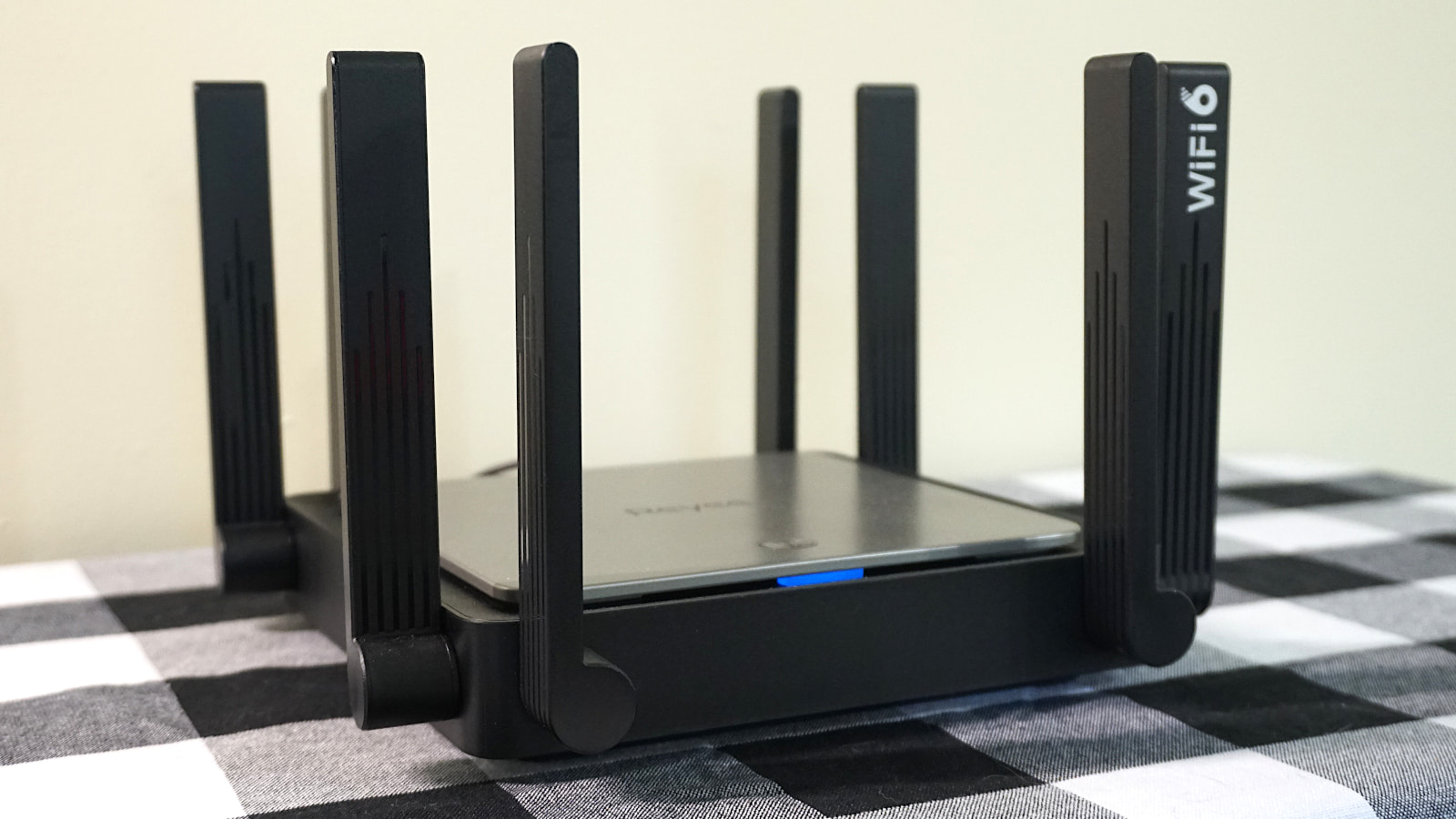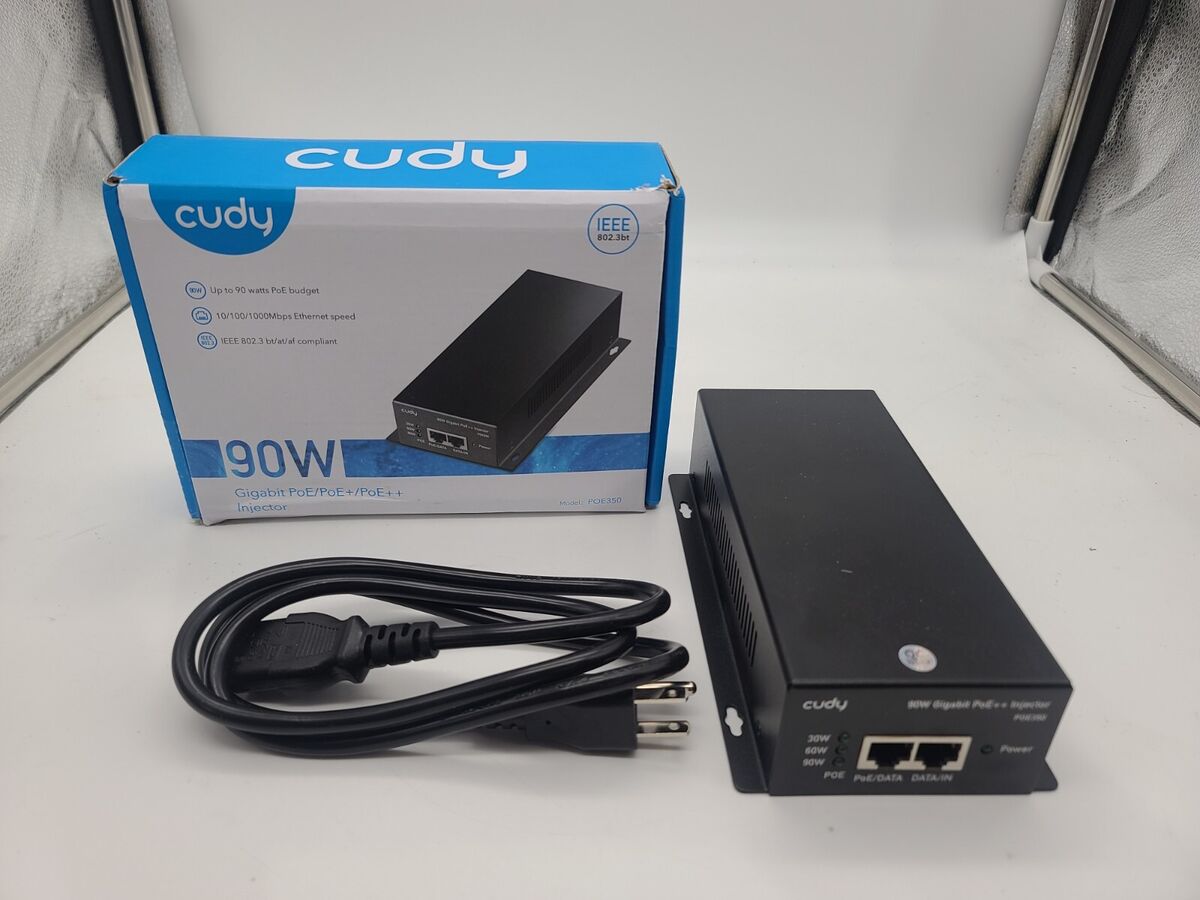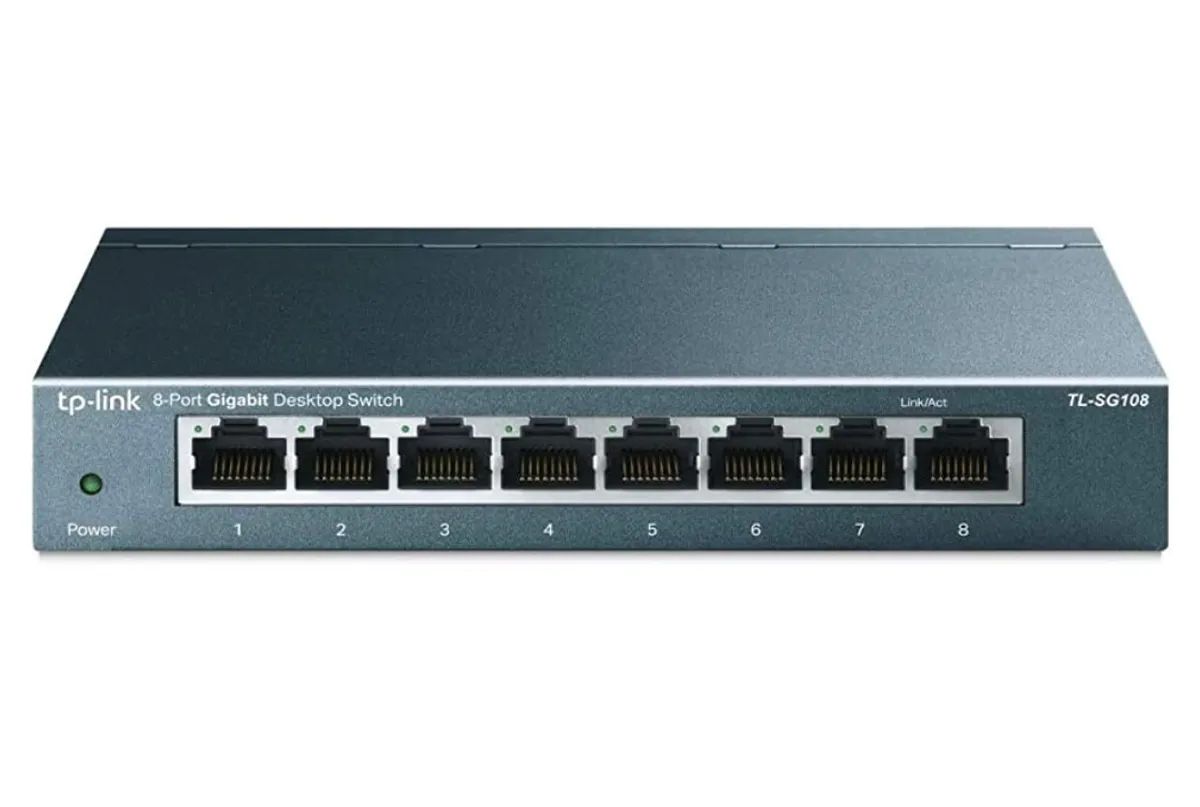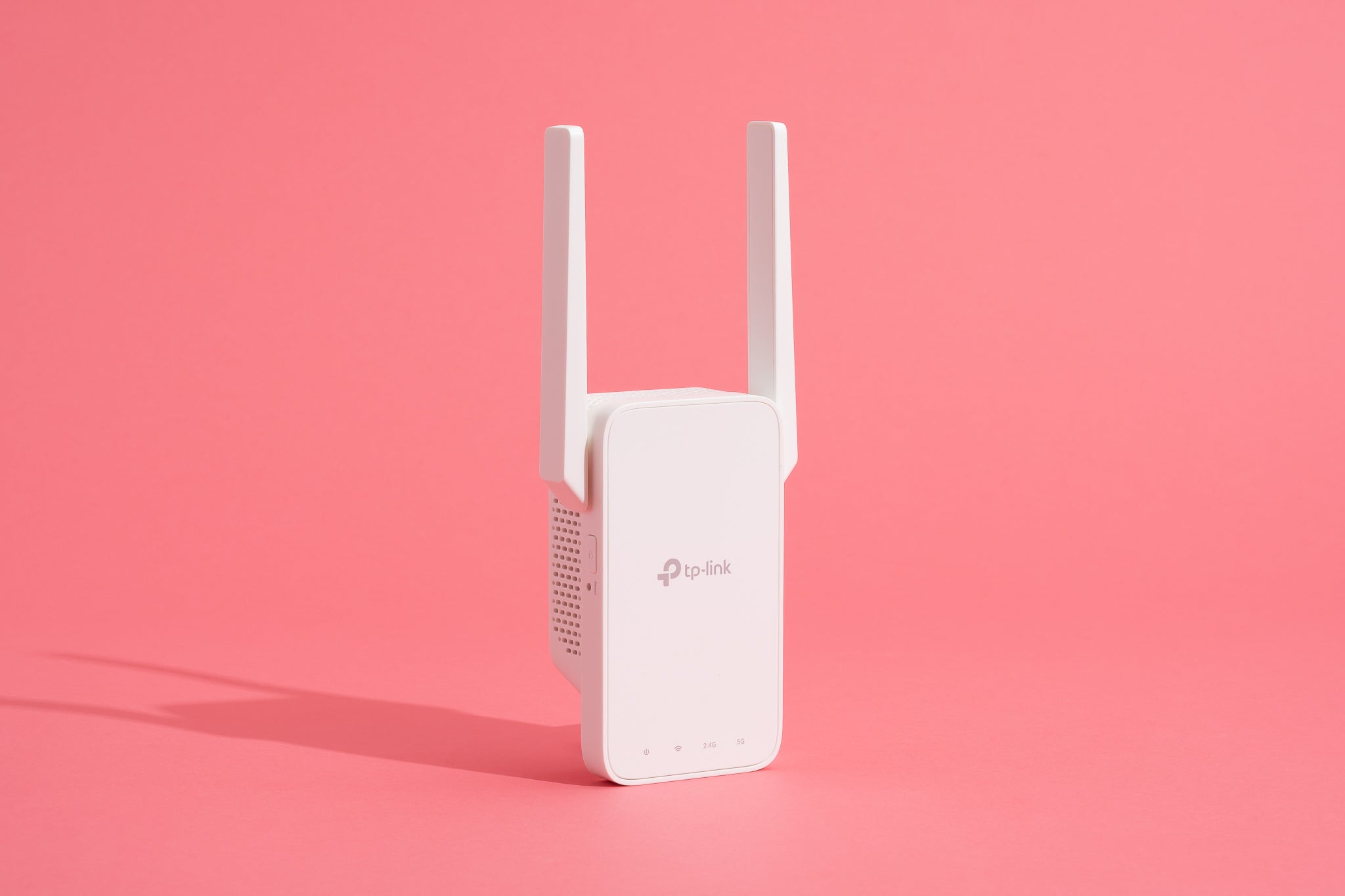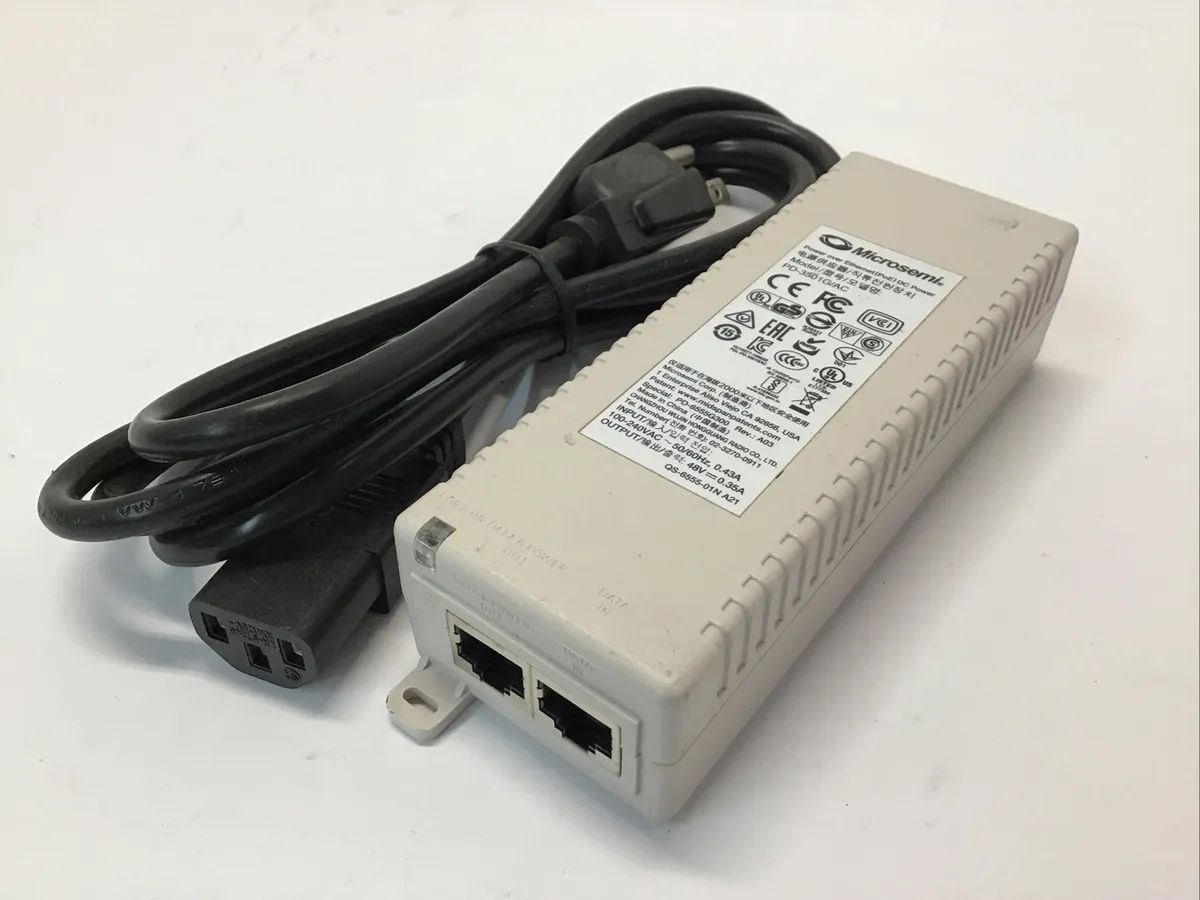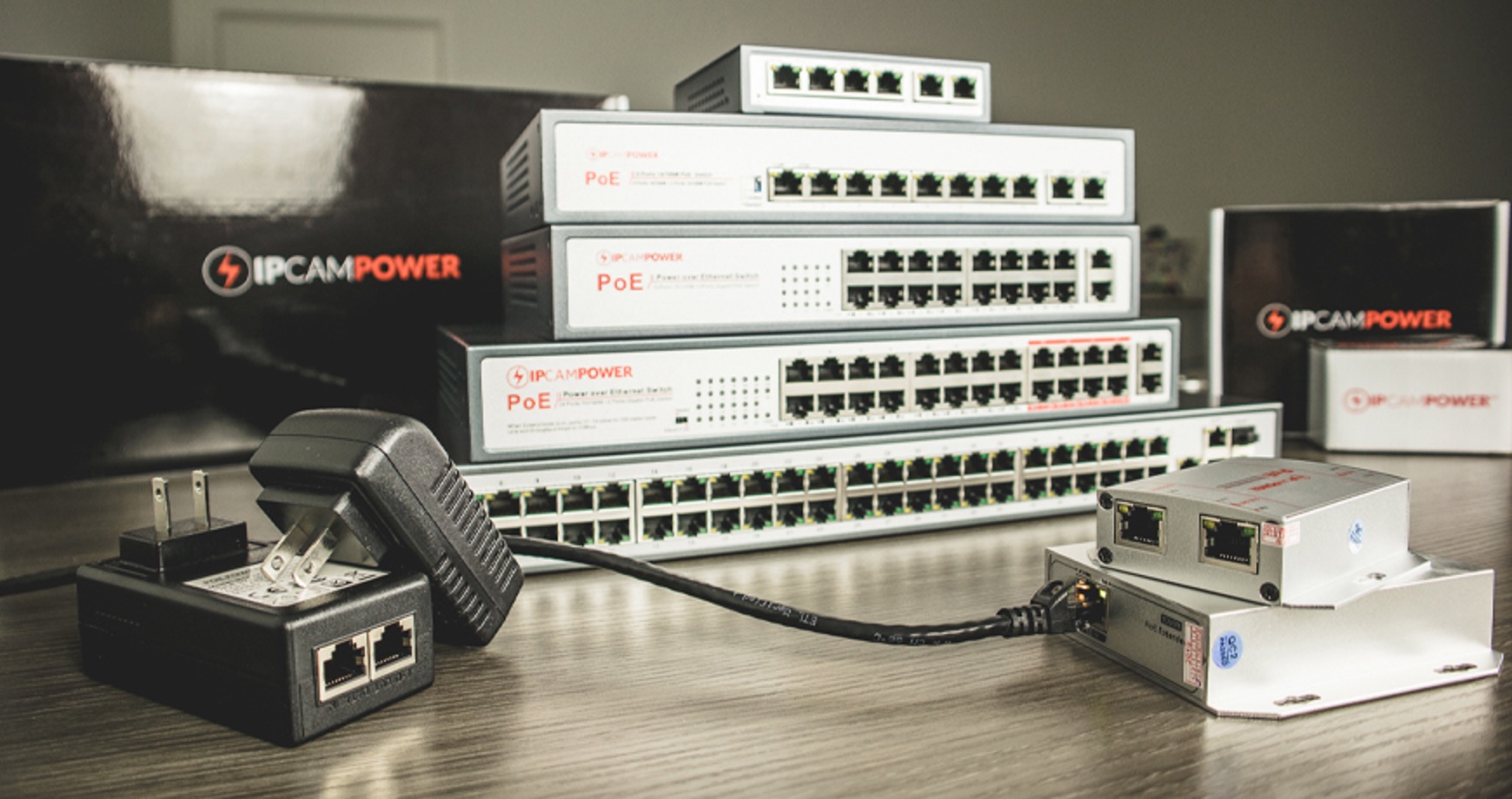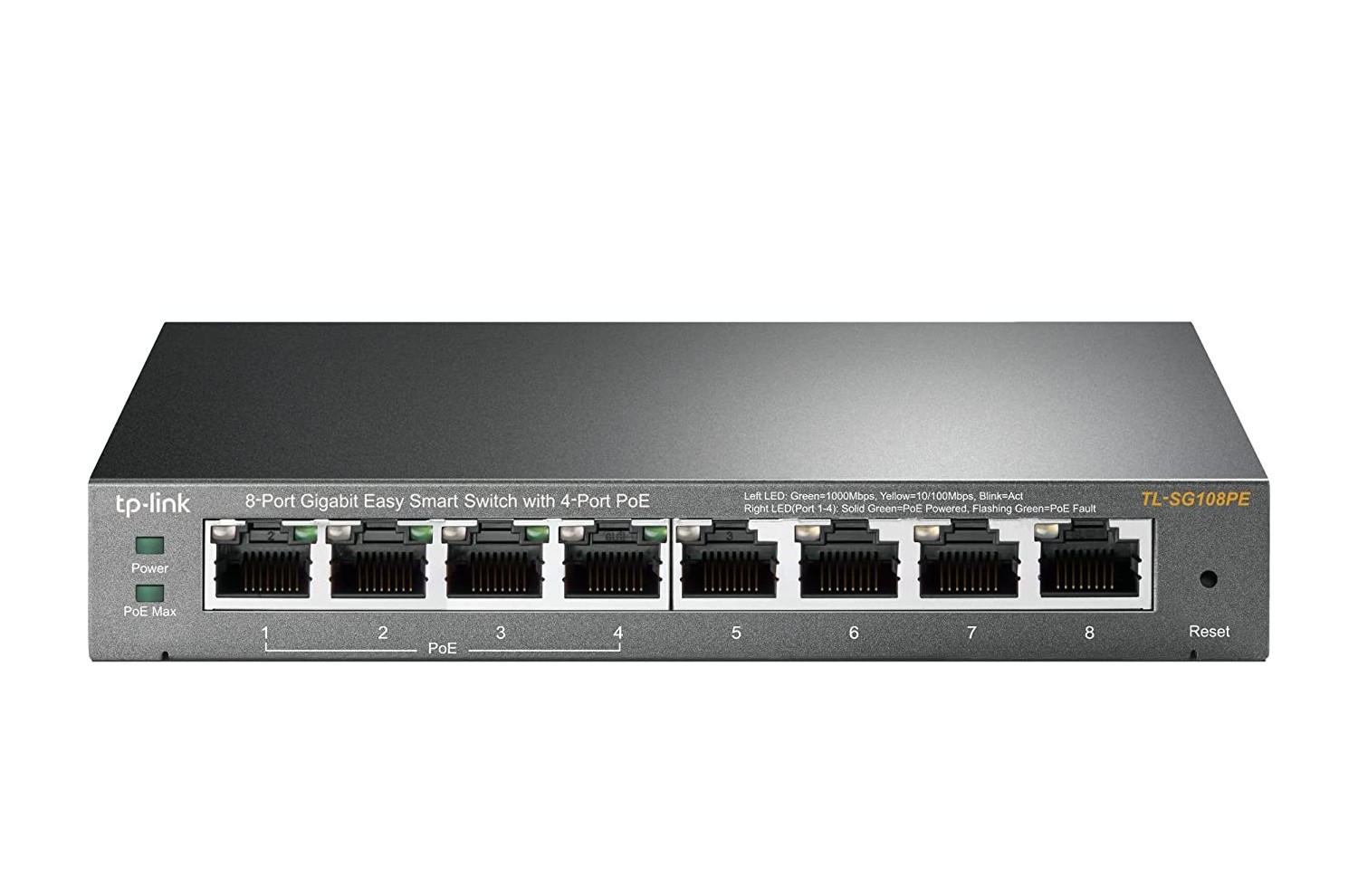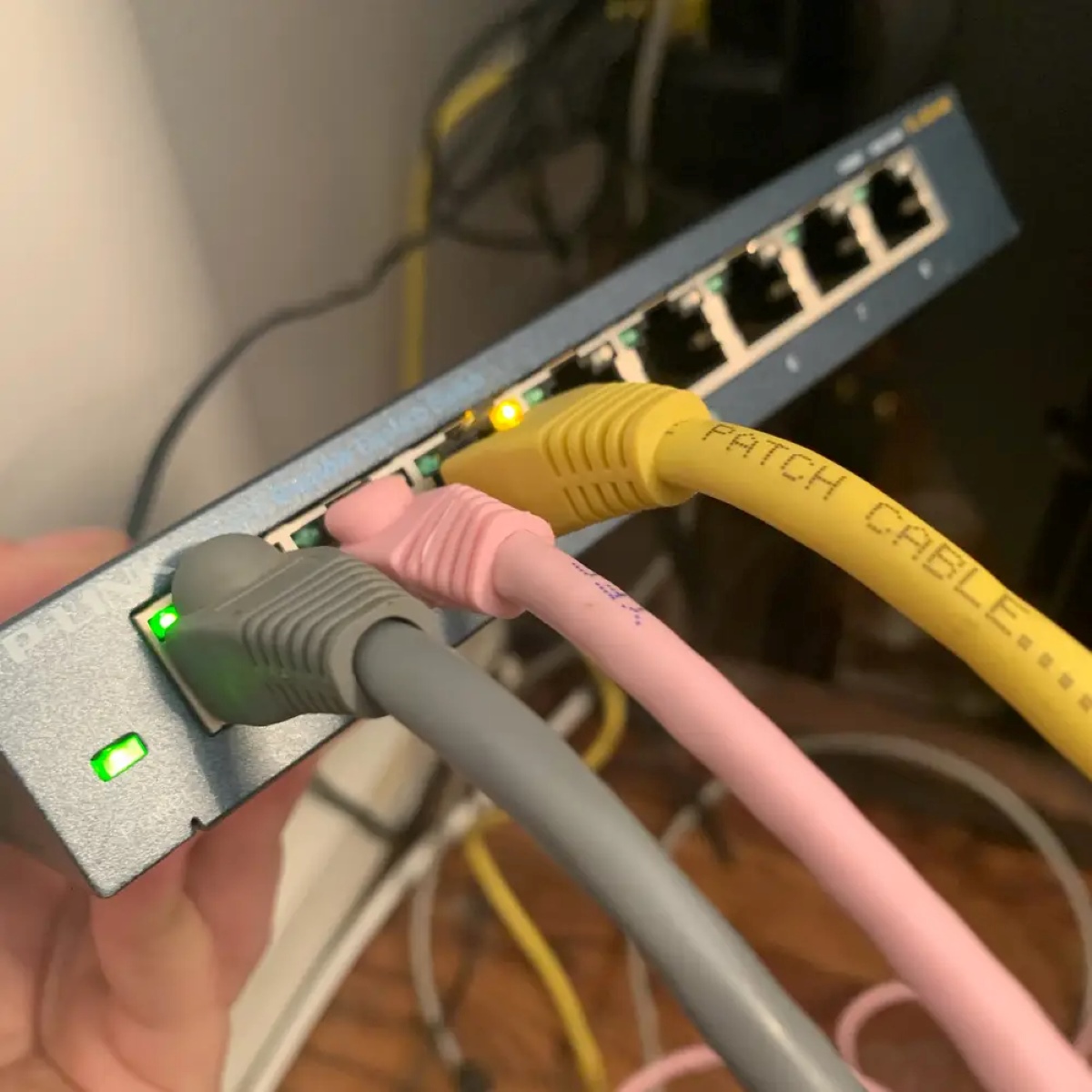Introduction
Welcome to the world of Power over Ethernet (PoE) network switches! As technology continues to advance, the demand for efficient and flexible networking solutions has grown exponentially. PoE network switches have emerged as a game-changing innovation, revolutionizing the way devices are powered and connected in various environments. In this article, we will delve into the intricacies of PoE network switches, exploring their functionality, benefits, and key considerations for choosing the right one for your specific needs.
The evolution of networking infrastructure has paved the way for PoE network switches to become indispensable components in modern setups. Whether in commercial, industrial, or residential settings, the ability to transmit both data and power over a single Ethernet cable has streamlined installations and enhanced the overall efficiency of connected devices. Understanding the fundamentals of PoE technology is essential for anyone seeking to optimize their network performance while simplifying power management.
Throughout this comprehensive guide, we will unravel the mysteries behind PoE network switches, shedding light on their inner workings, advantages, and factors to consider when integrating them into your network infrastructure. By the end of this exploration, you will have gained valuable insights into the capabilities and potential applications of PoE network switches, empowering you to make informed decisions when implementing these innovative solutions in your network environment. Let's embark on this enlightening journey into the realm of PoE network switches and discover the transformative power they hold within the realm of networking technology.
What is a PoE Network Switch?
A Power over Ethernet (PoE) network switch is a sophisticated networking device that combines the functionality of a traditional Ethernet switch with the capability to deliver power to connected devices through the same Ethernet cable used for data transmission. This innovative integration of power and data delivery eliminates the need for separate electrical wiring, simplifying installations and offering greater flexibility in device placement.
Unlike conventional network switches, PoE switches have the ability to detect PoE-compatible devices, such as IP cameras, wireless access points, VoIP phones, and other networked peripherals, and supply them with the necessary power without requiring additional power adapters or outlets. This not only reduces the clutter of cables and power sources but also enhances the scalability and manageability of network deployments.
Furthermore, PoE network switches adhere to the IEEE 802.3af and 802.3at standards, which define the technical specifications for delivering power over Ethernet cables. These standards ensure interoperability and compatibility across a wide range of PoE-enabled devices, allowing for seamless integration and operation within diverse network environments.
With the ability to transmit both data and power over a single Ethernet cable, PoE network switches have become indispensable in scenarios where traditional power sources are impractical or unavailable. Their versatility and efficiency make them ideal for powering and connecting devices in locations such as smart buildings, outdoor surveillance systems, industrial facilities, and even smart homes, where the convergence of power and data distribution is essential for streamlined operations.
By understanding the core functionality of PoE network switches, network administrators and technology enthusiasts can harness the power of this innovative technology to create robust and adaptable network infrastructures that meet the evolving demands of modern connectivity.
How Does a PoE Network Switch Work?
A PoE network switch operates by integrating power and data transmission over standard Ethernet cables, effectively eliminating the need for separate power sources for connected devices. The functionality of a PoE switch is made possible through a process known as Power over Ethernet, which allows power to be transmitted alongside data signals, providing a seamless and efficient power delivery mechanism for various networked devices.
At the core of a PoE network switch is the capability to identify and power PoE-compatible devices. When a compatible device is connected to a PoE switch port, the switch initiates a negotiation process to determine the power requirements of the device. This negotiation, known as the detection and classification process, ensures that the connected device receives the appropriate power level without being overloaded or underpowered.
Once the power requirements are established, the PoE switch delivers power to the connected device using the same Ethernet cable through which data is transmitted. This consolidated approach to power delivery simplifies installations, reduces cabling complexity, and enhances the overall reliability of the network infrastructure.
Furthermore, PoE network switches are equipped with built-in power sourcing equipment (PSE) that adheres to the IEEE 802.3af or 802.3at standards, enabling them to provide power to connected devices in a safe and standardized manner. The PSE functionality within the switch ensures that power is delivered efficiently and reliably, meeting the stringent requirements for powering a diverse range of PoE-enabled devices.
As a result of this seamless integration of power and data transmission, PoE network switches have become instrumental in powering devices such as IP cameras, wireless access points, VoIP phones, and other networked peripherals in a wide array of environments. This convergence of power and data delivery not only simplifies installations but also enhances the flexibility and scalability of network deployments, making PoE switches an invaluable asset in modern networking infrastructures.
By understanding the underlying mechanism of PoE network switches, network administrators and technology enthusiasts can leverage the power of PoE technology to create resilient and efficient network environments that support the evolving demands of connected devices and applications.
Benefits of Using a PoE Network Switch
Employing a PoE network switch offers a multitude of advantages, making it a preferred choice for powering and connecting devices in various networking scenarios. The following are some of the key benefits of utilizing a PoE switch:
- Simplified Installations: PoE network switches eliminate the need for separate power sources, allowing for streamlined installations of devices such as IP cameras, wireless access points, and VoIP phones. This simplification reduces the time and effort required for deployment, making it an ideal solution for both new and existing network infrastructures.
- Flexibility in Device Placement: With PoE switches, devices can be deployed in locations where traditional power outlets are unavailable or impractical. This flexibility in device placement enables the creation of robust and adaptable network environments, particularly in scenarios where mobility and reconfigurability are essential.
- Cost Savings: The consolidation of power and data transmission over a single Ethernet cable results in cost savings associated with reduced cabling, power infrastructure, and installation expenses. This cost-effective approach makes PoE switches a compelling choice for organizations seeking efficient networking solutions.
- Enhanced Reliability: PoE network switches ensure a reliable power supply to connected devices, reducing the risk of power disruptions and enhancing the overall stability of the network. This reliability is crucial for critical applications such as surveillance systems, access control devices, and communication endpoints.
- Centralized Power Management: By utilizing PoE switches, network administrators can centrally manage and monitor the power delivery to connected devices, providing greater control and visibility over the network infrastructure. This centralized approach simplifies power management and troubleshooting, improving operational efficiency.
- Support for Intelligent Devices: PoE switches enable the integration of intelligent and IoT (Internet of Things) devices that require both power and data connectivity. This support for intelligent devices paves the way for innovative applications and smart solutions within networked environments.
These benefits collectively position PoE network switches as versatile and indispensable components in modern networking architectures, offering a compelling array of advantages that cater to the evolving demands of connected devices and network deployments.
Considerations When Choosing a PoE Network Switch
When selecting a PoE network switch for a specific application or deployment, several key considerations come into play to ensure optimal performance and compatibility. These considerations are essential for making informed decisions and choosing the right PoE switch that aligns with the requirements of the network environment. The following factors should be taken into account when evaluating PoE network switches:
- Power Budget and Requirements: Understanding the power requirements of the connected devices is crucial when selecting a PoE switch. Different devices have varying power needs, and it is essential to assess the total power budget of the switch to ensure that it can adequately supply power to all connected devices without exceeding its capacity.
- Port Density and Speed: Assessing the number of PoE-enabled ports required and the desired data transfer speeds is vital for accommodating the network’s connectivity needs. PoE switches come in various configurations, offering different port densities and speeds to cater to diverse networking environments.
- Managed vs. Unmanaged Switches: Determining whether a managed or unmanaged PoE switch is suitable for the deployment is essential. Managed switches provide advanced features such as VLAN support, QoS (Quality of Service) capabilities, and remote management, offering greater control and flexibility. Unmanaged switches, on the other hand, are simpler and more cost-effective, making them suitable for basic deployments with fewer customization requirements.
- Reliability and Quality of Service: Evaluating the reliability and quality of service features of the PoE switch is critical, especially for applications that demand uninterrupted power delivery and consistent network performance. Factors such as switch reliability, power surge protection, and prioritization of critical traffic should be considered to ensure a robust and dependable network infrastructure.
- Compatibility with PoE Standards: Ensuring that the PoE switch complies with the IEEE 802.3af or 802.3at standards is essential for seamless interoperability with PoE-enabled devices. Adhering to these standards guarantees compatibility and reliable power delivery across a wide range of network peripherals and equipment.
- Future Expansion and Scalability: Anticipating future growth and expansion of the network is crucial when choosing a PoE switch. Selecting a switch with scalability features, such as additional expansion slots or support for advanced networking protocols, can accommodate future requirements and prevent the need for frequent hardware upgrades.
By carefully considering these factors, network administrators and IT professionals can make informed decisions when selecting a PoE network switch, ensuring that it effectively meets the power delivery, connectivity, and management needs of the network environment.
Conclusion
Power over Ethernet (PoE) network switches have undoubtedly redefined the landscape of network infrastructure, offering a compelling fusion of power and data transmission that simplifies installations, enhances flexibility, and optimizes the management of connected devices. The seamless integration of power delivery over Ethernet cables has unlocked a myriad of possibilities for deploying and powering networked devices in diverse environments, ranging from commercial and industrial setups to residential and smart building applications.
As technology continues to advance, the demand for efficient and adaptable networking solutions has become increasingly pronounced. PoE network switches have risen to the occasion, providing a robust and scalable platform for powering devices such as IP cameras, wireless access points, VoIP phones, and IoT devices, among others. The benefits of using PoE switches, including simplified installations, cost savings, and centralized power management, have positioned them as indispensable components in modern networking architectures.
When considering the selection of a PoE network switch, careful evaluation of factors such as power budget, port density, reliability, and future scalability is paramount to ensuring optimal performance and compatibility with the network environment. By taking these considerations into account, network administrators and IT professionals can make informed decisions that align with the specific requirements of their deployments, ultimately leading to efficient and resilient network infrastructures.
In conclusion, the transformative capabilities of PoE network switches have reshaped the way devices are powered and connected, offering a glimpse into a future where power and data converge seamlessly to support the evolving landscape of networked applications and technologies. Embracing the potential of PoE technology empowers organizations and individuals to create agile, intelligent, and interconnected network environments that pave the way for innovation and progress in the digital era.







